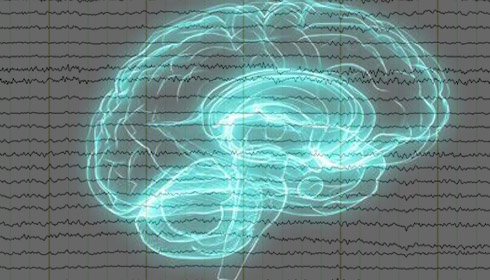
USFDA Allows Clinical Trial ofUC San Diego's brain recording technology
The US Food and Drug Administration (FDA) recently approved a clinical trial by University of California, San Diego engineers to evaluate a state-of-the-art electronic grid. This ground-breaking method, which uses tiny sensors, aims to capture electrical signals from the surface of the brain in previously unheard-of detail, thereby revolutionizing neurosurgery. ery. In operations involving btumorsmours and drug-resistant epilepsy, in particular, this significant gain in resolution is probably going to increase surgical precision.
In the advanced platinum nanorod grid (PtNRGrid) sensor array. Because these sensors are part of a flexible, incredibly thin grid that is just 6 microns thick—less than tenth the diameter of a human hair—they can conform to the surface of the brain. . This form stands in strong contrast to the rigidity of modern ECoG grids, which are usually more than 0.5 mm thick and contain 16 to 64 sensorsThe PtNRGrid's higher resolution and flexibility could significantly enhance neurosurgeons' ability to prevent damage to healthy brain tissue during operations.rations.
Years of multidisciplinary cooperation produced the PtNRGrid, developed by Professor Shadi Dayeh of the Department of Electrical and Computer Engineering at UCSD and his research group. Dayeh's group has collaborated with neurosurgeons and other medical professionals from esteemed institutions, such as Oregon Health & Science University (OHSU) and Massachusetts General Hospital (MGH), to continuously improve the grid's technology and demonstrate its potential through various studies.umber of studies.
"This accomplishment heralds a new chapter in neuromonitoring and clinical neuroscience," Dayeh explains. s. He was ecstatic about the FDA's decision, crediting institutional leadership and clinical partners' joint efforts in addition to the hard work of his team.
Approved under an experimental device exemption (IDE), the clinical project aims to assess how well the PtNRGrid maps both diseased and normal brain activity. Using 20 patients at first, the trial will compare the PtNRGrid's performance to that of current standard grids during brain tumour and epileptic tissue removal surgeries. Key partners at this stage include Drs. Sydney Cash of Massachusetts General Hospital (MGH), Drs. Ahmed Raslan of Oregon Health & Science University (OHSU), and Sharona Ben-Haim and Eric Halgren of UCSD.
Leading the brain and spinal cord mapping work since 2019, Dayeh's team expects to publish preliminary safety and efficacy results in Science Translational Medicine by 2022. Their groundbreaking study showed that the PtNRGrid can accurately map motor and linguistic brain activity as well as epileptic discharges by using microscopic panoramic films of brain waves across a 10-square-centimeter region of the cortex. scharges. Though the team has since increased this capability to 4,096 channels, substantially improving brain monitoring technology, the PtNRGrid still retains the world record for recording brain activity from a single cortical grid with 2,048 channels.
If the ongoing clinical trial proves successful and the PtNRGrid becomes commercially available, it would mark a significant breakthrough in neurosurgery technology. This development, by providing a profound understanding of brain activity and enhancing surgical results, could potentially spur future discoveries in the treatment of neurological diseases.logical diseases.
Dayeh said, stressing the cooperation with clinical specialists from UCSD, MGH, and OHSU, "Our goal is to develop a new comprehensive atlas for understanding and treating neurological disorders." The high-fidelity recordings from the PtNRGrid provide neuroscientists with an exciting new tool to study the complexities of the human brain, potentially paving the way for new therapeutic approaches based on a deeper understanding of brain activity.activity.